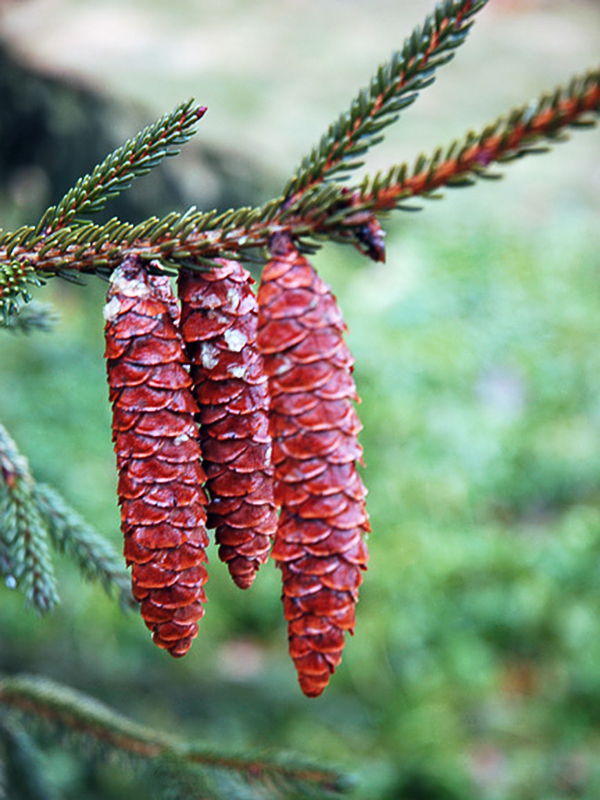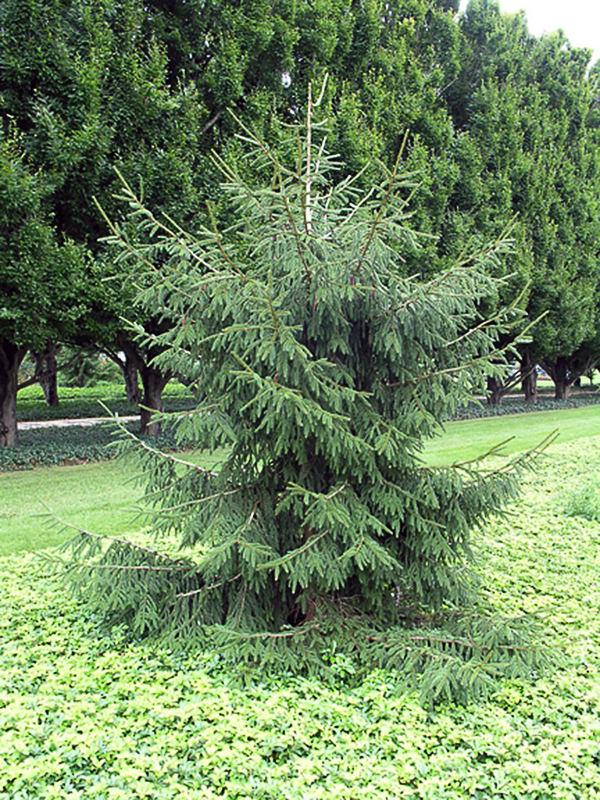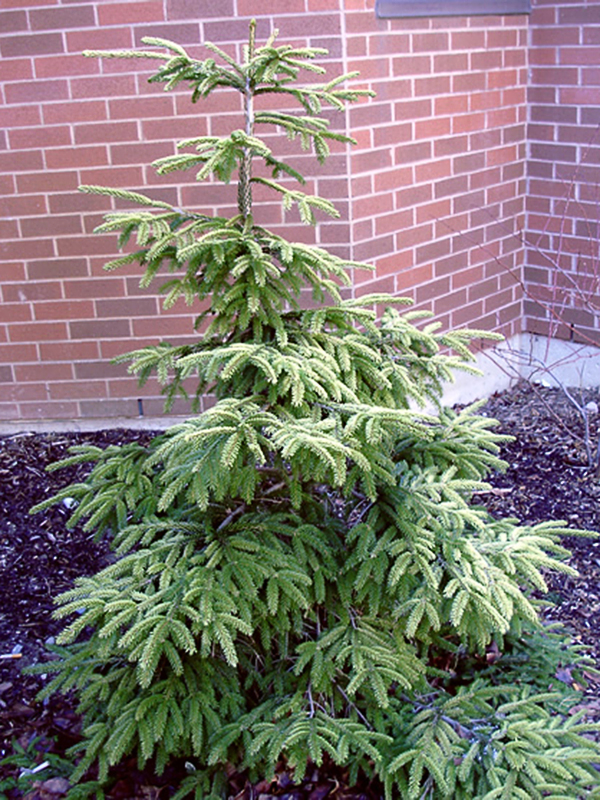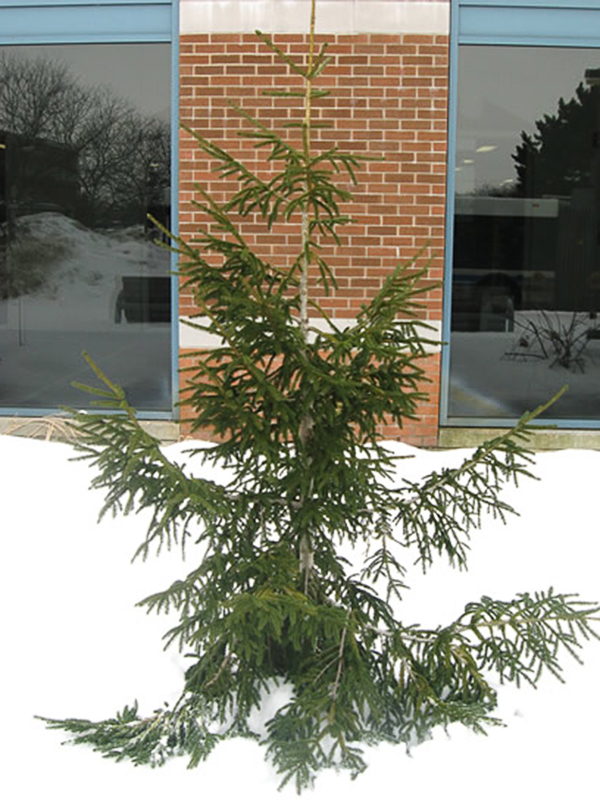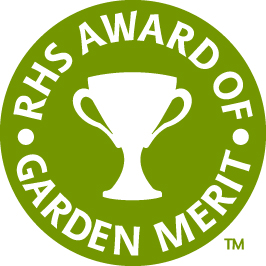| General Description | Very dense tree, slightly pendulous branching, elegant form. Often used as a specimen tree. Tolerates many soils conditions, such as thin, gravely soils and to an extent drought. |
| ID Characteristic | Has the shortest needles of all spruces, less than 1 cm in length. Needles are dark green, sometimes almost black, and are four sided. Male cones are red and strawberry-like. Female cones are deep purple when young, turning brown with age. |
| Shape | Broadly columnar when mature, slightly pyramidal when young. |
| Landscape | This is an excellent specimen tree, but it can also be used as a screen. It needs some protection from cold winter winds to prevent browning. |
| Propagation | Propagation by seed needs no pre-treatment. Seeds should be collected in autumn. |
| Cultivation | Can be grown in a variety of soils, even very rocky soil. This tree needs shelter from cold winter winds to prevent browning and requires full sun to part shade. |
| Pests | Relatively pest and disease free, although common spruce problems such as mites, aphids, bagworms and spruce gall may pose a minor problem. |
| Notable Specimens | Niagara Parks Botanical Gardens, Niagara Falls, Ontario. Westonbirt, The National Arboretum, Tetbury, Gloucestershire, England. |
| Habitat | Native to Asia Minor, grows in a variety of conditions, such as poor gravely soils. |
| Bark/Stem Description | Brown, exfoliating, becoming cracked with age, forming thin, small plates. |
| Flower/Leaf Bud Description | One of the last spruces to bud in the spring, buds are dark red or purple, turning brown as they mature. |
| Leaf Description | Glossy, dark green. Four sided needles with 1-4 stomatic lines on each side. Needles hold colour well during the winter if protected from winds. Needles are short, about 1cm in length. |
| Flower Description | Monoecious, red, strawberry-like males. Flowers are fairly inconspicuous and don’t have much ornamental value. Female flowers emerge purple, turning brown. |
| Fruit Description | Small red, strawberry-like cones on males, purple cones on females when young, turning brown. Cones are 5-10 cm long, and not ornamentally significant on large, mature trees. |
| Colour Description | Needles are glossy, dark green, male cones are red, female cones are purple, turning brown. Bark is cracked, scaly, brown when mature, pinkish-grey when young. |
| Texture Description | Medium. Foliage is very refined; this tree stands out in the landscape compared to other large evergreens. |
